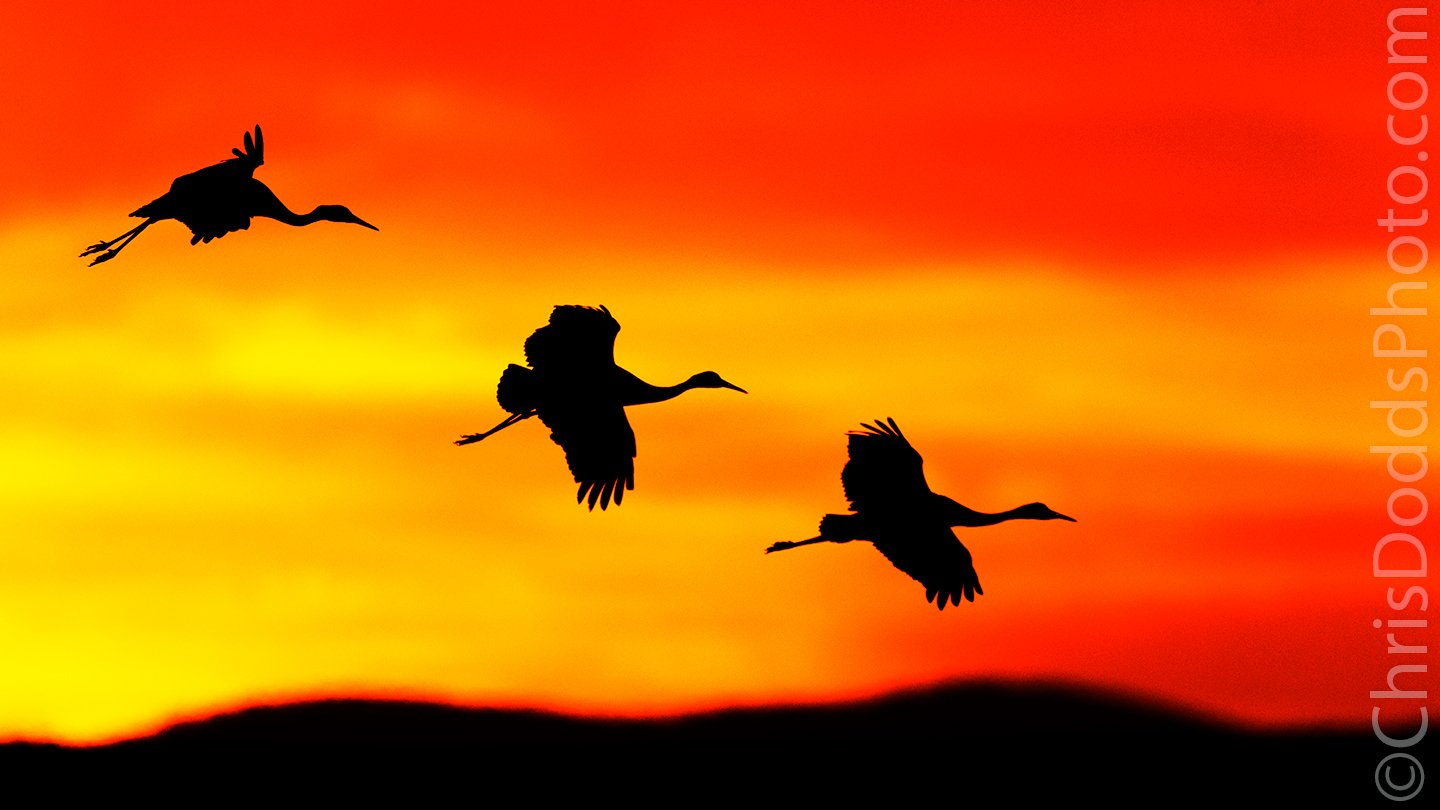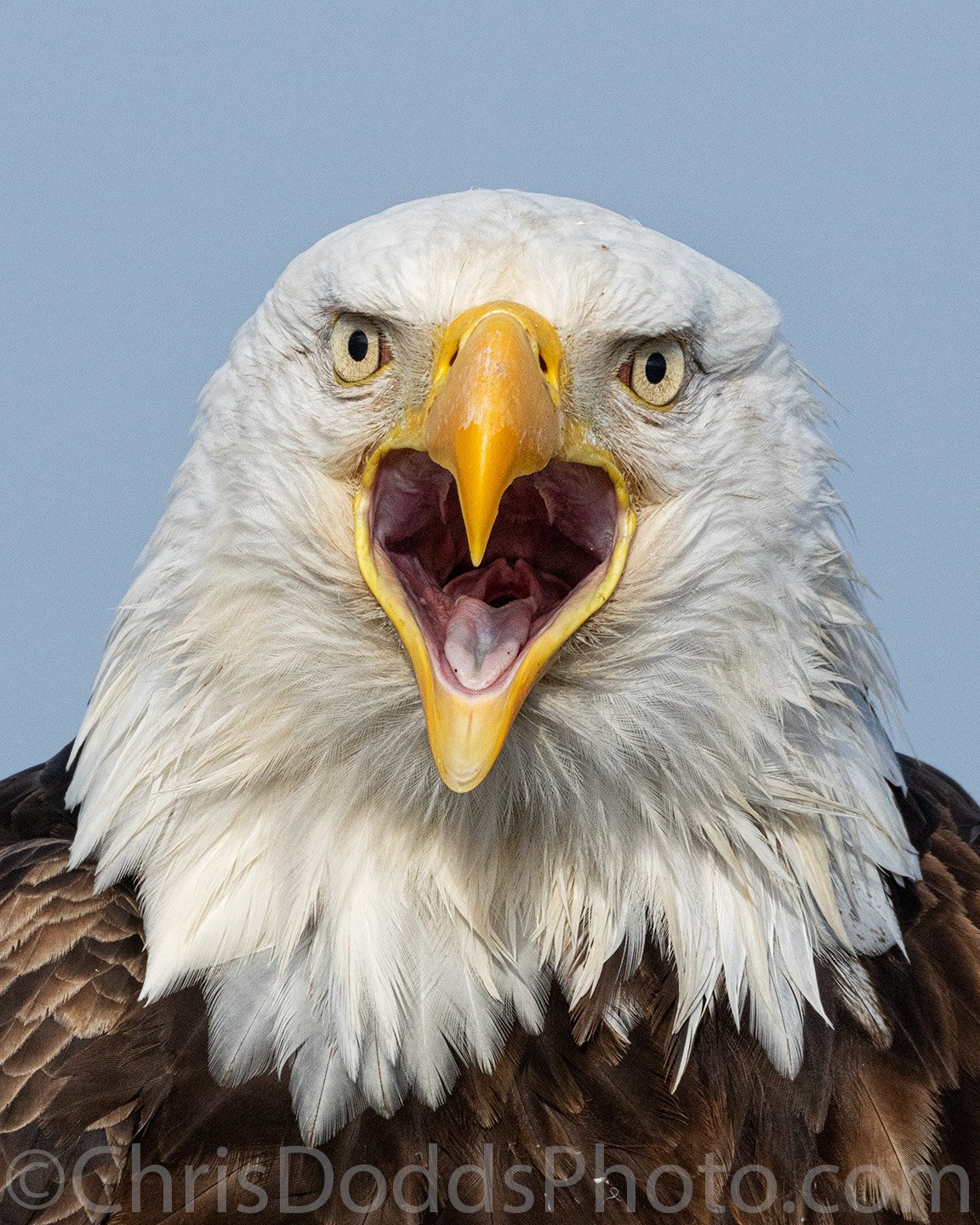This was one of the memorable adrenaline pumping moments during last December’s Better than Bosque workshop in New Mexico. I was using my 600 f/4 lens with a doubler for some distant floating Widgeons, so the challenge was not clipping the wings as this Wood Duck landed directly towards us. Most certainly one of my favourite images from the trip!
Wood Duck in flight (Aix sponsa, Canard branchu, WODU) from my Better than Bosque workshop. Bosque del Apache National Wildlife Refuge, San Antonio, New Mexico, USA. Image Copyright ©Christopher Dodds. Sony Alpha alpha 1 Mirrorless camera & Sony FE 600mm f/4 G Master OSS Lens with Sony FE 2X Teleconverter @1,200mm ISO 2,500, f/8 @ 1/5,000s. Full frame image. Manual exposure.



















